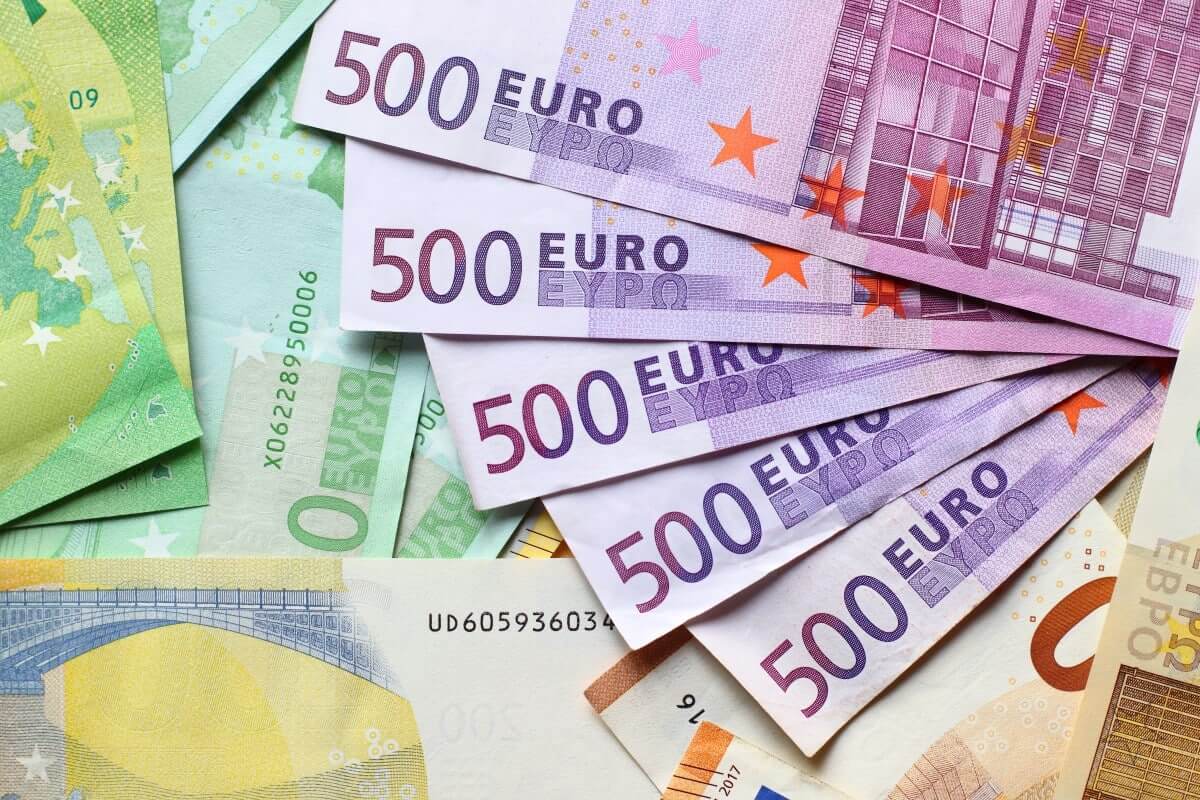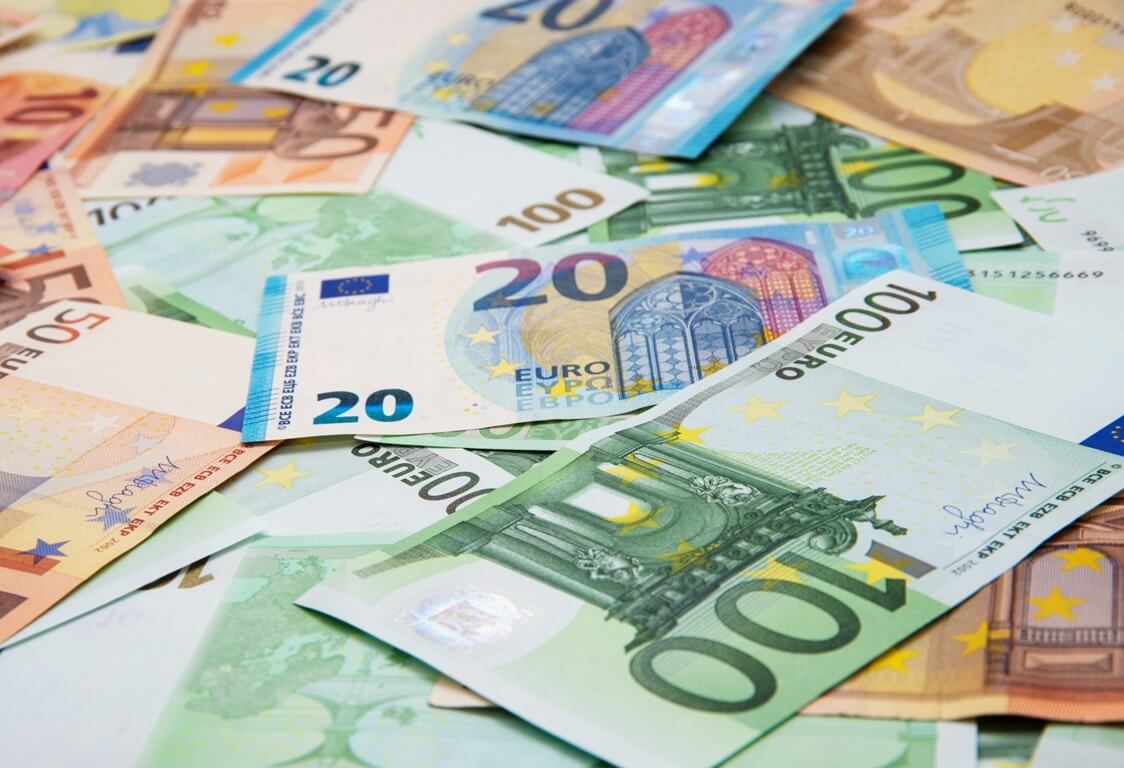
Navigating Euro Rates Amidst Economic Storms
The Euro, once considered a stalwart in the world of currencies, is facing turbulent times as weak German factory orders send shockwaves through the European market. The EUR/USD pair edged lower to 1.0794, nearing a three-week low after a significant 3.7% slump in German factory orders for October. This sharp decline follows a modest 0.7% gain the previous month, indicating a sudden reversal of fortune.
Recession Looms as Economic Indicators Waver
According to official reports, recent data points to the Eurozone teetering on the edge of a recession, with its economy contracting by 0.1% in the third quarter. The ripple effect of this economic downturn is evident as Eurozone retail sales are expected to rise only by 0.2% monthly in October, with an annual drop of 1.1%. Consumers in the region are grappling with financial challenges, setting a sombre tone ahead of the festive period.
The weakening economic landscape has prompted concerns that the European Central Bank (ECB) might take drastic measures, potentially delivering its first rate cut by March. The slowdown and inflation falling faster than anticipated have led to a prevailing sentiment of uncertainty. As a result, the once-mighty Euro is now a target for shorting, becoming one of the most popular bets in the foreign exchange market, according to ING analysts.
Euro to Pounds – A Shifting Landscape for Traders
The impact of these economic woes is evident in the Euro to Pounds (EUR/GBP) exchange rate, with the Euro’s decline influencing currency dynamics. Traders are closely monitoring the GBP/USD pair, which rose 0.1% to 1.2604 amid the release of the latest Bank of England financial stability report. The shifting landscape emphasises the need for businesses and investors to adapt to the evolving Euro rates, considering the interconnectedness of global currencies.

Navigating the Dynamics of Buy and Sell: Strategies for Euros
Amidst the uncertainty, opportunities arise for those willing to navigate the complexities of buying and selling euros strategically. The term sell euros echoes in the financial corridors as traders explore options to capitalise on the Euro’s downturn. Simultaneously, the concept of buy euro” beckons for those anticipating a potential rebound. The astute investor must assess the risk and reward of each move, considering the fluctuating Euro rates and the broader economic context.
Decoding the Euro Buy Back Rate
In this volatile landscape, the euro buyback rate gains significance. Traders and businesses alike should delve into the intricacies of this metric, understanding its implications for buying back euros at favourable rates. This long-tail opportunity might provide a silver lining for those looking to navigate the stormy seas of the Eurozone’s economic challenges.
Sailing Through Uncertainty
As the Euro continues to weaken under the strain of weak German factory orders and broader economic challenges, businesses and investors face a critical juncture. The term euro rates is not merely a buzzword but a reflection of the evolving financial landscape. Whether one is contemplating buying euros or strategically selling euros, the need for adaptability and informed decision-making has never been more crucial. The looming possibility of a recession and potential ECB rate cuts further underscore the importance of staying vigilant in the face of uncertainty. In this ever-changing scenario, mastering the dynamics of Euro rates becomes not just a skill but a necessity for those navigating the complex world of international finance.




